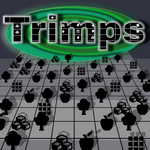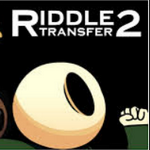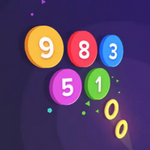
tic tac toe Unblocked
## Tic-Tac-Toe: A Timeless Classic for All Ages
Tic-tac-toe, the seemingly simple game played on a 3x3 grid, has captivated minds for centuries. Its origins are shrouded in mystery, with some attributing it to ancient Egypt, while others believe it originated in ancient Rome. Regardless of its exact birthplace, one thing is certain: tic-tac-toe's enduring popularity speaks to its timeless appeal.
The Simplicity of Strategy
The beauty of tic-tac-toe lies in its simplicity. Two players, each with their respective symbol (usually X and O), take turns marking spaces on the grid. The first player to create a straight line of three of their symbols – horizontally, vertically, or diagonally – wins the game.
Despite its straightforward rules, tic-tac-toe is not devoid of strategy. Players need to anticipate their opponent's moves and plan their own accordingly. A well-thought-out move can block the opponent's winning sequence or set up their own victory.
More than Just a Game
Beyond its entertainment value, tic-tac-toe offers several benefits:
* Cognitive Development: The game promotes strategic thinking, problem-solving skills, and spatial reasoning.
* Early Math Skills: Tic-tac-toe helps children develop number recognition and counting skills.
* Social Interaction: It encourages communication and turn-taking, fostering cooperation and healthy competition.
Tic-Tac-Toe Today
In the digital age, tic-tac-toe has adapted and thrived. Mobile apps and online platforms have made the game accessible to millions worldwide. Variations like "Ultimate Tic-Tac-Toe" offer a more complex challenge for experienced players.
Whether played on paper, a smartphone, or a game board, tic-tac-toe remains a captivating and enjoyable experience. It is a game that bridges generations, encouraging playful competition and fostering cognitive growth. So, the next time you find yourself with a few moments to spare, grab a pen and paper, and join the timeless fun of tic-tac-toe.







































